Red Borneo Kratom is a unique strain of the Mitragyna speciosa tree, native to the island of Borneo. This tropical...

Kratom Benefits: Exploring the Advantages of Mitragyna Speciosa
Introduction to Kratom
Kratom, scientifically known as Mitragyna speciosa, is a tropical evergreen tree native to Southeast Asia. It has been used for centuries in countries like Thailand, Malaysia, and Indonesia for its medicinal properties.
Recently, Kratom has gained popularity worldwide, especially in the United States, as an alternative treatment for various ailments, including opioid withdrawal and chronic pain. This article delves deep into the benefits of kratom, its uses, and the science behind its effects, providing a comprehensive overview of this remarkable plant.
Traditional Uses
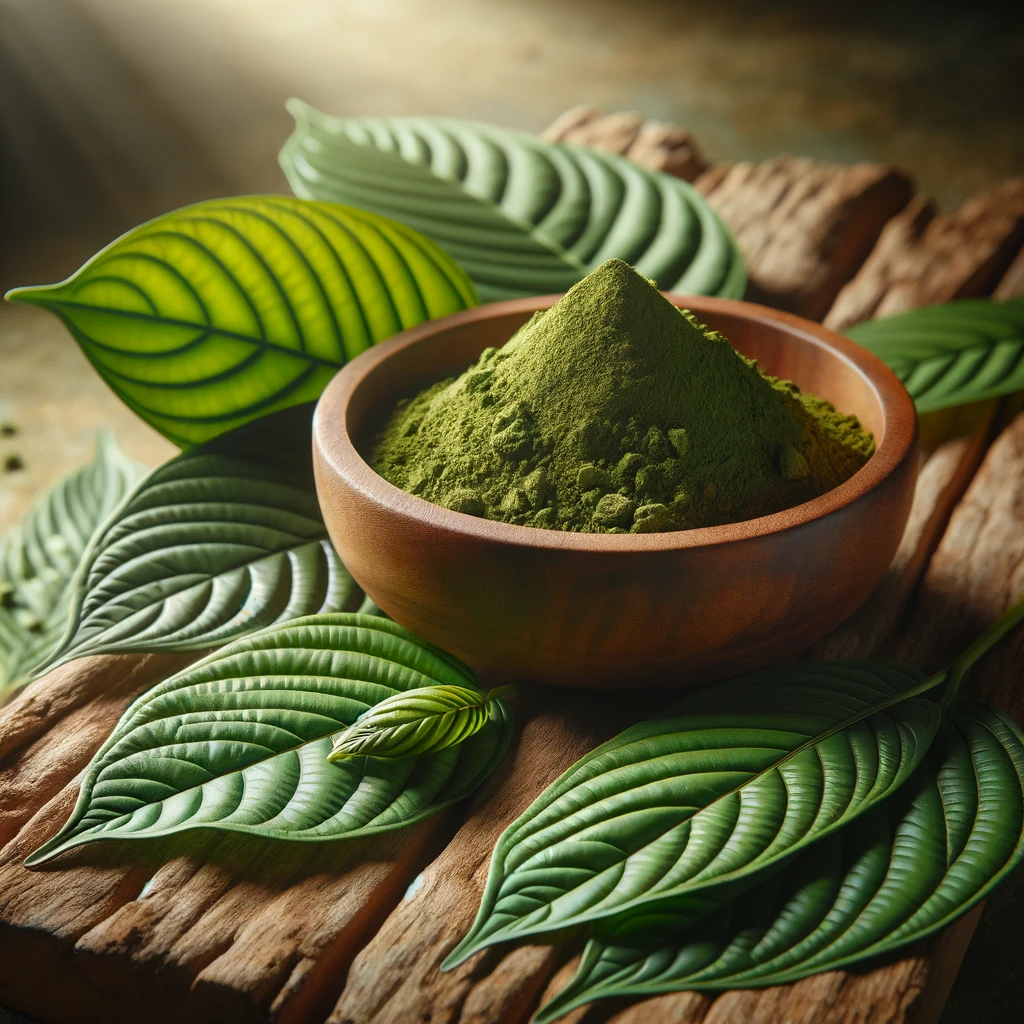
Taking Kratom historically, Kratom leaves were chewed, brewed into tea, or used in cooking by indigenous people in Southeast Asia. It was commonly employed to combat fatigue, relieve pain, and enhance mood.
Farmers and laborers often used Kratom to increase productivity and alleviate the physical strain of their work. The benefits of kratom were well-known among these communities, who often turned to kratom products like kratom powder and kratom extract for their daily needs.
Cultural Significance

In many Southeast Asian cultures, Kratom holds a place of cultural significance. It has been used in social rituals, traditional medicine, and as a tool for community bonding. Despite its benefits, the use of Kratom has been regulated in some countries due to concerns over addiction for its psychoactive drugs like effect, kratom withdrawal, and kratom's effects.
The Drug Enforcement Administration and other regulatory bodies food and drug administration have raised concerns about the potential for drug abuse and the risk of withdrawal symptoms similar to those seen with other substances, including drug alcohol depend users.
The Chemical Composition of Kratom

Kratom leaves contain a complex mixture of alkaloids, flavonoids, and other compounds. The most significant alkaloids are mitragynine and 7-hydroxymitragynine, which are responsible for the majority of the Kratom plant's effects. These kratom alkaloids interact with opioid receptors in the brain, contributing to the kratom plant's analgesic and psychoactive properties.
Mitragynine
Mitragynine is the most abundant alkaloid in Kratom. It acts as a partial agonist at opioid receptors, providing pain relief and mood enhancement without the respiratory depression typically associated with traditional opioids. This compound is pivotal in addressing chronic pain and mental health conditions, making kratom a promising medicinal plant for those seeking natural alternatives to conventional drugs.
7-Hydroxymitragynine
7-Hydroxymitragynine is a more potent opioid agonist than mitragynine, albeit present in smaller quantities. It contributes significantly to the analgesic effects of Kratom and is a key player in its therapeutic potential.
Its potent opioid-like effects make it effective for treating pain and managing opioid withdrawal symptoms. However, its presence also raises concerns about potential health risks and adverse effects, especially when consumed in higher doses or in combination with other drugs.
Health Benefits of Kratom
Pain Relief

One of the primary reasons individuals turn to Kratom is to alleviate pain. The analgesic properties of Kratom are well-documented, and many users report significant relief from chronic pain conditions such as arthritis, fibromyalgia, and back pain.
The alkaloids in Kratom, specifically mitragynine and 7-hydroxymitragynine, interact with the body's opioid receptors, reducing the perception of pain. This makes Kratom a promising medicinal plant for those seeking natural alternatives to traditional pain relief methods.
Mood Enhancement and Anxiety Relief

Kratom is known for its mood-enhancing properties. Users often experience a sense of euphoria and well-being, which can help alleviate symptoms of depression and anxiety. The calming effects of Kratom can reduce stress and promote relaxation, making it a popular choice for those dealing with mental health conditions. This can be particularly beneficial for individuals with a substance use disorder or disorders, as Kratom provides a natural way to manage mood and anxiety.
Energy and Focus

At lower doses, Kratom acts as a stimulant, providing increased energy and focus. This is particularly beneficial for individuals who need a boost in productivity or concentration. The stimulating effects of Kratom can help combat fatigue and improve cognitive function. Many users consume kratom in powder form to harness these benefits.
Opiate Withdrawal Aid

Kratom has gained attention as a potential aid for opiate withdrawal. Its ability to interact with opioid receptors makes it useful in reducing withdrawal symptoms such as pain, anxiety, and cravings. Many individuals have successfully used Kratom to transition away from more harmful opioids. Kratom's effects can help manage both opioid use and withdrawal symptoms and provide a safer alternative to traditional opioid addiction treatments.
Improved Sleep

For those struggling with insomnia or other sleep disorders, Kratom can be a valuable tool. Its relaxing properties can help induce sleep and improve sleep quality. By reducing pain and anxiety, Kratom allows for a more restful night's sleep. This can be especially helpful for those experiencing high levels of stress or chronic pain that interfere with their sleep patterns.
Enhanced Sexual Function

Some kratom users report enhanced sexual function and libido after using Kratom. The increased energy and improved mood associated with Kratom use can contribute to a healthier sex life. The effects of Kratom on serotonin and dopamine receptors may play a role in these benefits, promoting overall well-being and sexual desire.
Immune System Support

Kratom contains several compounds that may support the immune system. While research is still in its early stages, some studies suggest that Kratom can enhance the body's ability to fight off infections and maintain overall health. Kratom's potential health benefits extend to its ability to boost the immune system, making it a valuable herbal supplement for those looking to improve their overall health.
Scientific Research on Kratom
Preclinical Studies
Preclinical studies on Kratom have provided valuable insights into its pharmacological effects. Research on animals has shown that Kratom's alkaloids, particularly mitragynine and 7-hydroxymitragynine, have potent analgesic and anti-inflammatory properties.
Additionally, studies have demonstrated the potential benefits of Kratom in reducing symptoms of depression and anxiety. These findings suggest that Kratom may interact with opioid receptors and serotonin receptors in the brain, contributing to its mood-enhancing and pain-relieving effects.
Clinical Studies
While clinical research on Kratom is limited, existing studies have shown promising results. Some clinical trials have focused on Kratom's potential as an opioid substitute, highlighting its ability to alleviate withdrawal symptoms similar to those experienced with traditional opioids and reduce opioid dependence.
Kratom has been investigated for its role in managing opioid withdrawal symptoms, such as pain and anxiety, making it a potential aid for addiction treatment. More extensive clinical research is needed to fully understand the therapeutic potential of Kratom and its effects on various substance use disorder and disorders.disorders.
Safety and Side Effects
Common Side Effects
Like any substance, Kratom is not without its side effects. Common side effects include nausea, constipation, dizziness, and dry mouth. These effects are generally mild and can be managed with proper dosing and hydration. However, there have been reports of more serious adverse effects, such as high blood pressure and acute liver injury, particularly with higher doses or prolonged use.
Risk of Dependence
One of the concerns with Kratom use is the potential for dependence. While Kratom is less addictive than traditional opioids, prolonged use can lead to tolerance and dependence, resulting in kratom withdrawal symptoms. It is essential to use Kratom responsibly and be aware of the signs of dependence, such as increased tolerance and withdrawal symptoms similar to opiate withdrawal.
Interactions with Other Substances
Kratom can interact with other medications herbal supplements and substances, potentially leading to adverse effects. It is crucial to consult with a healthcare provider before using Kratom, especially if you are taking other medications or have underlying health conditions. Drug interactions can affect the central nervous system and lead to health risks, making it important to monitor kratom use carefully.
Regulatory Concerns
The legal status of Kratom varies worldwide. In some countries, Kratom is banned or regulated due to concerns over its safety and potential for abuse. In the United States, Kratom remains legal at the federal level, but some states and municipalities have imposed their own restrictions. The Food and Drug Administration and the Drug Enforcement Administration have raised concerns about the potential for drug abuse and serious adverse effects associated with Kratom ingestion. It is important for kratom users to stay informed about the regulatory status and potential health risks of this herbal supplement.
How to Use Kratom
Forms of Kratom

Kratom is available in various forms, including:
-
Powder: The most common form, Kratom powder can be mixed with water, juice, or other liquids. Kratom powder is versatile and allows users to adjust the dosage easily.
-
Capsules: Convenient and easy to use, Kratom capsules are a popular choice for those who prefer a pre-measured dose. Capsules are particularly useful for avoiding the taste of Kratom powder.
-
Extracts: Kratom extracts are concentrated forms of the plant and are typically more potent than powders or capsules. Extracts provide a more intense effect and are often used by those seeking significant pain relief or to aid in opioid withdrawal.
-
Tinctures: Liquid extracts of Kratom that can be taken sublingually or added to beverages. Tinctures offer a quick and efficient way to consume Kratom, allowing for rapid absorption into the bloodstream.
Dosage Guidelines

Finding the right dosage is crucial for experiencing the benefits of Kratom while minimizing side effects. Generally, lower doses (1-5 grams) provide stimulating effects, which can enhance energy and focus. Higher doses (5-15 grams) offer more sedative and analgesic effects, making them suitable for pain relief and anxiety relief.
It is advisable to start with a low dose and gradually increase it until the desired effects are achieved. This approach helps in managing the potential health risks associated with higher doses and reduces the likelihood of developing tolerance to other drugs.
Best Practices for Safe Use of Taking Kratom
-
Start Low: Begin with low doses to assess your body's response to Kratom. This helps in identifying the appropriate dosage and minimizes the risk of adverse effects.
-
Stay Hydrated: Kratom can cause dehydration, so drink plenty of water. Staying hydrated helps mitigate common side effects such as dry mouth and constipation.
-
Rotate Strains: To prevent tolerance, rotate different strains of Kratom. Using various strains helps in maintaining the effectiveness of Kratom and reduces the risk of dependence.
-
Monitor Use: Keep track of your Kratom use to avoid dependence. Regular monitoring can help identify early signs of kratom withdrawal and dependence, allowing for timely adjustments in usage patterns.
Kratom Strains and Their Benefits
Red Vein Kratom
Red vein Kratom is known for its calming and analgesic properties. It is often used for pain relief, relaxation, and improved sleep. This strain's ability to interact with opioid receptors makes it particularly effective for managing chronic pain and alleviating symptoms of anxiety and insomnia. Red vein Kratom's sedative effects can help users achieve a restful night's sleep and manage mental health conditions.
Green Vein Kratom
Green vein Kratom offers a balance between stimulation and relaxation. It is suitable for enhancing mood, increasing energy, and providing mild pain relief. This strain is popular among those seeking a middle ground between the stimulating effects of white vein and the sedative effects of red vein strains. Green vein Kratom can improve focus and cognitive function, making it useful for daytime use.
White Vein Kratom
White vein Kratom is the most stimulating strain, providing increased energy, focus, and mood enhancement. It is ideal for those needing a productivity boost. Users often turn to white vein Kratom for its ability to combat fatigue and improve mental clarity. The stimulating effects of this strain can help users stay alert and motivated throughout the day.
Maeng Da Kratom
Maeng Da is a highly potent strain known for its strong analgesic and stimulating effects. It is a popular choice for pain relief and energy. Maeng Da's powerful alkaloid profile makes it effective for managing severe pain and enhancing physical and mental performance. This strain is often used by individuals dealing with high levels of stress or physical exertion.
Bali Kratom
Bali Kratom is well-known for its versatility, offering both pain relief and mood enhancement. It is a favorite among beginners due to its balanced effects. Bali Kratom's ability to provide both relaxation and energy makes it suitable for a wide range of uses, from managing chronic pain to improving overall mood and well-being.
Kratom and the Future of Medicine
Potential Therapeutic Uses
As research on Kratom continues, its potential therapeutic uses are becoming more apparent. Kratom could play a role in pain management, mental health treatment, and as an aid for substance abuse recovery.
The benefits of kratom in managing opioid withdrawal symptoms and chronic pain highlight its potential as a natural alternative to traditional medications. Kratom's interaction with opioid and serotonin receptors may offer new avenues for treating depression, anxiety, and other mental health conditions.
Challenges and Controversies
Despite its benefits, Kratom faces challenges and controversies. The lack of regulation and standardization in the Kratom market raises concerns about product safety and quality. Additionally, the potential for abuse, clinical toxicology, and dependence remains a significant issue.
Reports of kratom withdrawal, adverse effects, and health risks associated with improper use underscore the need for responsible consumption and further research into its safety profile.
Advocacy and Education
Advocacy and education are crucial for promoting the safe and responsible use of Kratom and improve kratom legal status as Kratom is a controlled substances in other countries. Organizations and individuals are working to raise awareness about Kratom's benefits and advocate for research and regulation. Efforts to educate the public about proper dosing, potential interactions with other substances, and the importance of quality control can help mitigate risks and enhance the overall understanding of Kratom's potential benefits.
The Role of the Drug Enforcement Administration in Kratom Regulation
The Drug Enforcement Administration (DEA) plays a crucial role in regulating substances that have potential for abuse and dependency, including Kratom. As part of its mandate to enforce the controlled substances laws and regulations of the United States, the DEA monitors the distribution, use, and potential abuse of Kratom.
While Kratom is currently legal at the federal level, the DEA has expressed concerns over its safety and potential for abuse. The agency has considered classifying Kratom as a Schedule I controlled substance, which would place it in the same category as drugs like heroin and LSD, due to its psychoactive properties and the risk of addiction and withdrawal symptoms similar to those of opioids.
Final Thoughts on Kratom Benefits
Kratom is a complex and multifaceted plant with a rich history of use and a wide range of potential benefits. From pain relief and mood enhancement to aiding in opiate withdrawal and improving sleep, Kratom offers a natural alternative for many common ailments.
However, it is essential to use Kratom responsibly and be aware of its potential risks, such as dependence and adverse effects. As research on Kratom continues, its role in medicine and wellness is likely to expand, offering new possibilities for those seeking natural and effective treatments. Responsible use and ongoing advocacy for research and regulation will be key to maximizing Kratom's potential while ensuring safety and efficacy.
FAQ: Understanding Kratom and Its Benefits
1. What are the primary benefits of Kratom?
Kratom offers numerous benefits, including pain relief, mood enhancement, increased energy, and aid in managing both opioid use and withdrawal symptoms. These benefits stem from kratom alkaloids, particularly mitragynine and 7-hydroxymitragynine, which interact with opioid receptors in the brain.
2. How does Kratom help with opioid withdrawal symptoms?
Kratom can alleviate opioid withdrawal symptoms such as pain, anxiety, and cravings. By interacting with the same opioid receptors as traditional opioids, kratom provides relief without the severe withdrawal symptoms associated with opioid addiction.
3. Is Kratom considered a psychoactive drug?
Yes, Kratom is considered a psychoactive drug due to its ability to affect the mind. The alkaloids in kratom interact with opioid and serotonin receptors, leading to changes in mood and perception.
4. What are the common side effects of Kratom use?
Common side effects of Kratom include nausea, constipation, dizziness, and dry mouth. Higher doses can lead to more severe adverse effects such as respiratory depression and acute liver injury.
5. Can Kratom be addictive?
While Kratom is less addictive than traditional opioids, prolonged use can lead to dependence and kratom withdrawal symptoms. It is essential to use Kratom responsibly to avoid developing tolerance and dependence.
6. What forms of Kratom products are available?
Kratom is available in several forms, including kratom powder, capsules, extracts, and tinctures. Each form offers different methods of consumption and potency, catering to various preferences and needs.
7. How is Kratom regulated by authorities?
The legal status of Kratom varies globally. In the United States, the Food and Drug Administration and the Drug Enforcement Administration have raised concerns about its safety and potential for abuse. Some states and municipalities have imposed restrictions, while others allow its use.
8. What are the health benefits of Kratom for chronic pain?
Kratom provides significant pain relief for chronic pain conditions such as arthritis, fibromyalgia, and back pain. Its alkaloids interact with opioid receptors, reducing pain perception and offering a natural alternative to traditional pain medications.
9. Can Kratom aid in mental health conditions?
Yes, Kratom can help alleviate symptoms of depression and anxiety. Its mood-enhancing properties and ability to reduce stress and promote relaxation make it a popular choice for managing mental health conditions.
10. What precautions should be taken when using Kratom?
When taking Kratom, it is crucial to start with a low dose and gradually increase it to avoid adverse effects. Staying hydrated, rotating strains, and monitoring use can help prevent dependence and ensure safe consumption. Consulting with a healthcare provider before use, especially if you have underlying health conditions or are taking other medications, is also advisable.

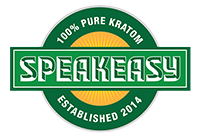





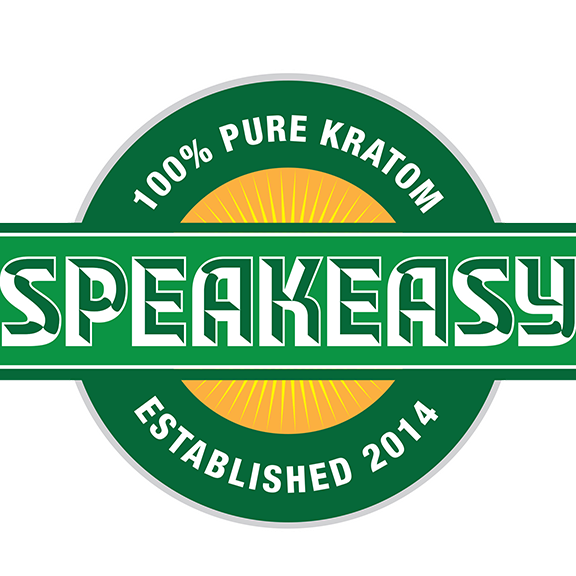
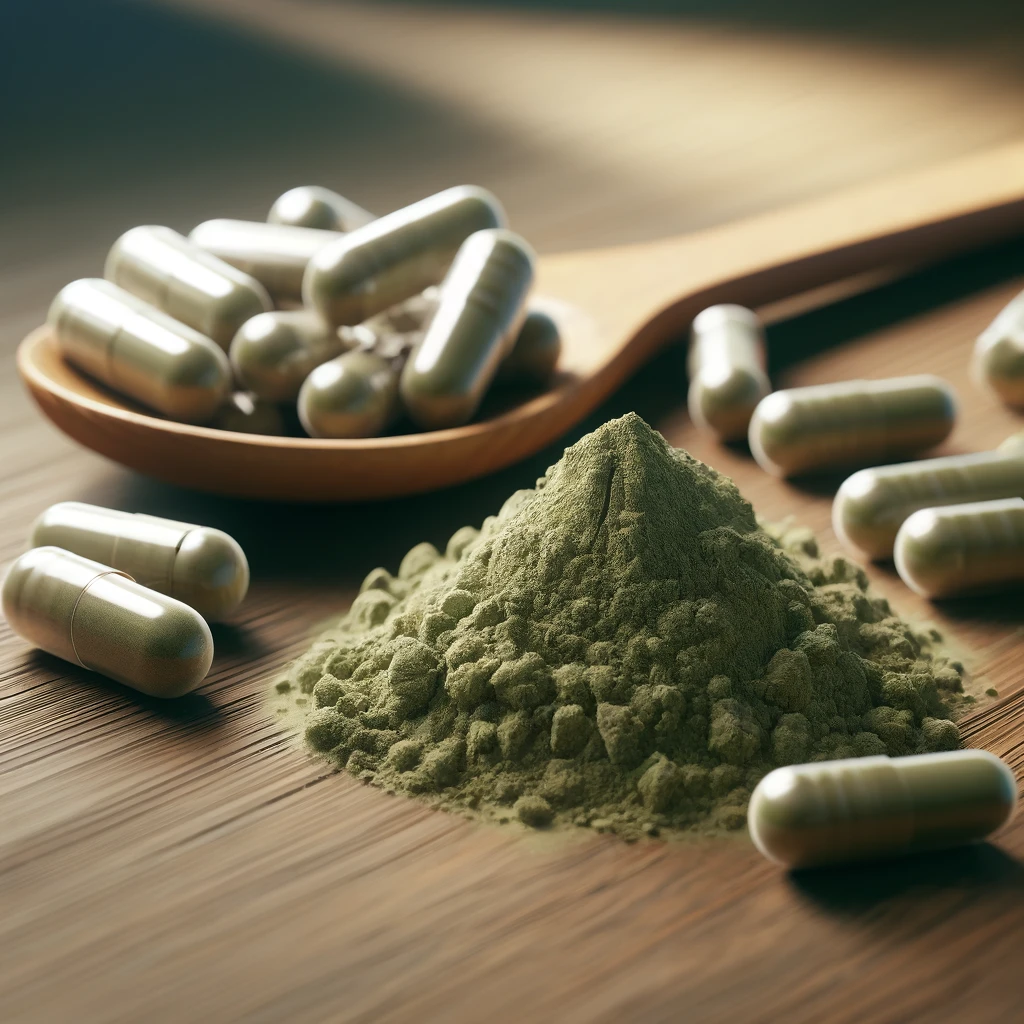


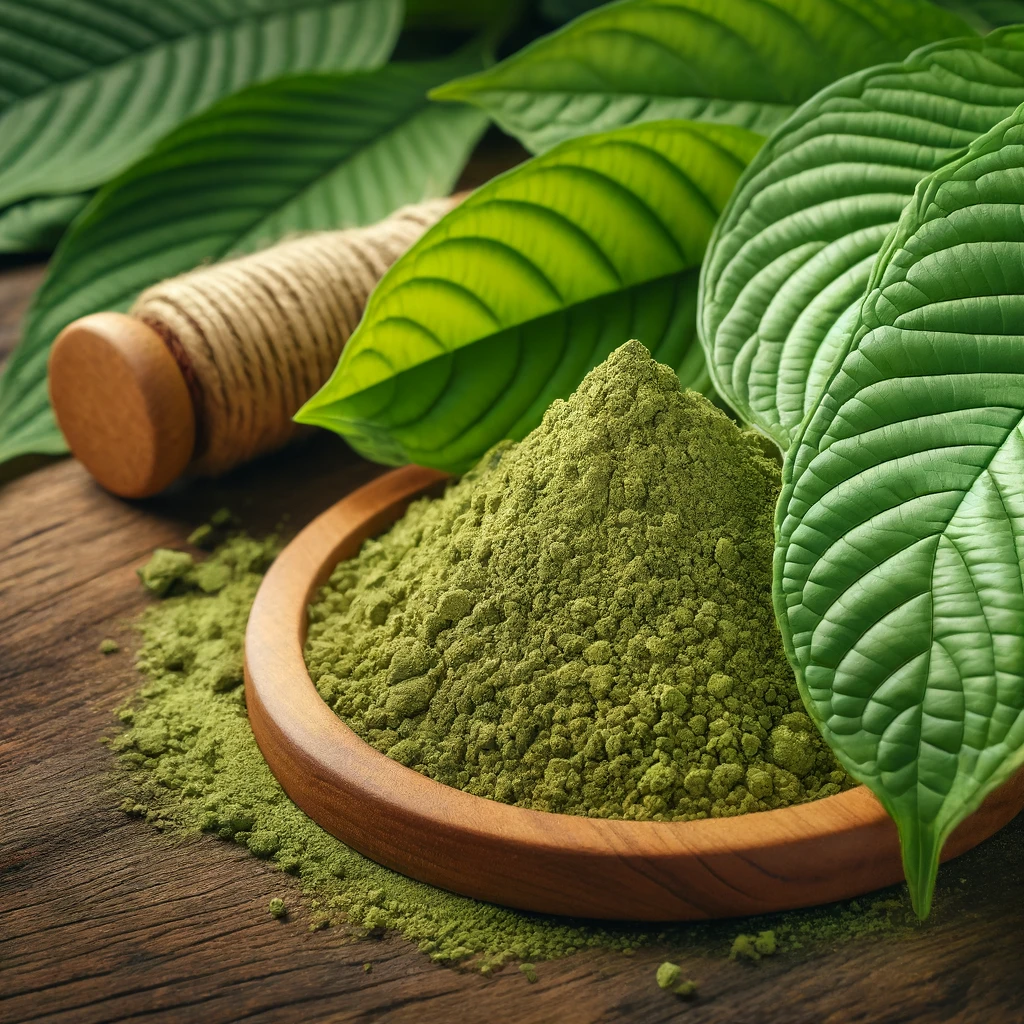
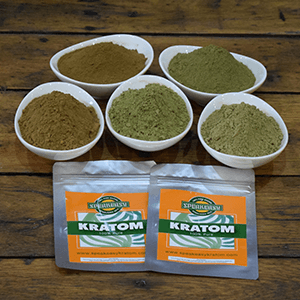

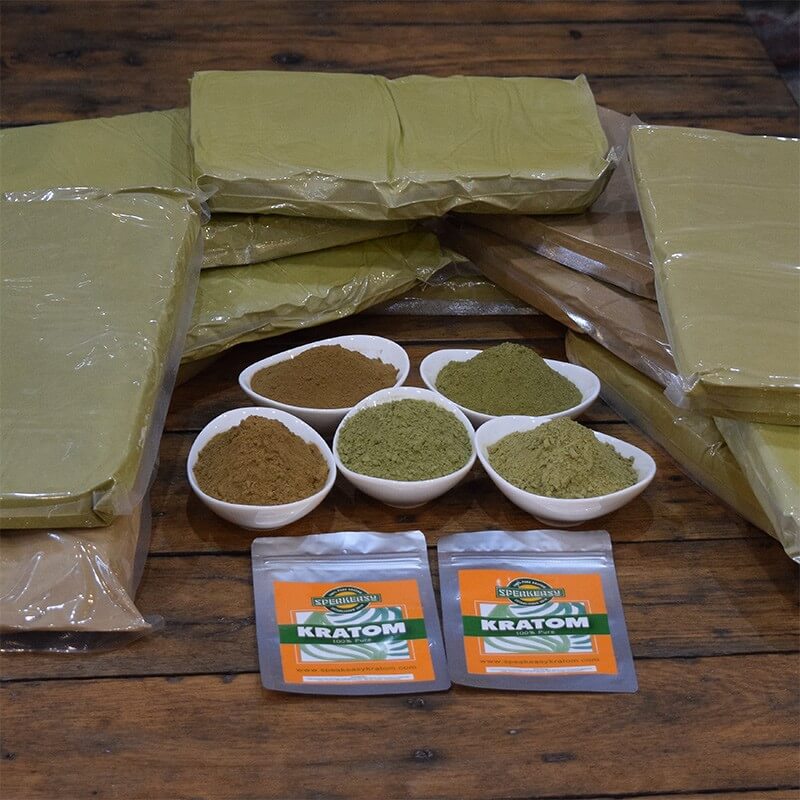
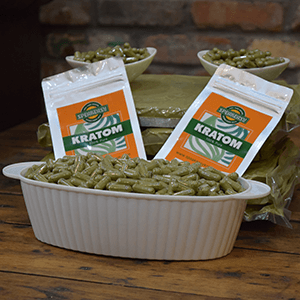

Leave a comment